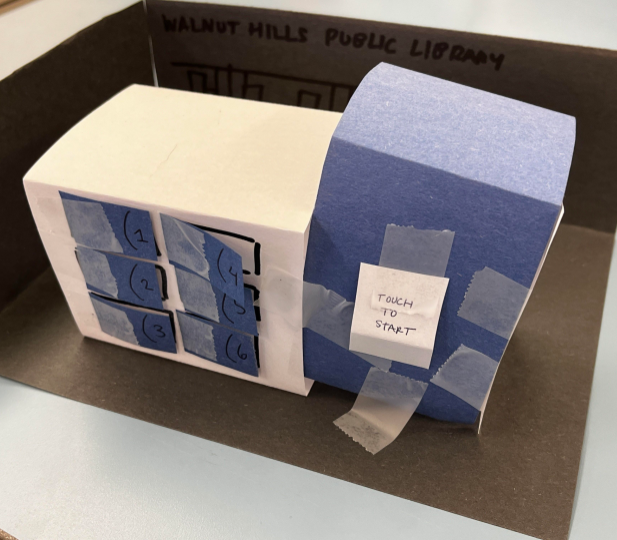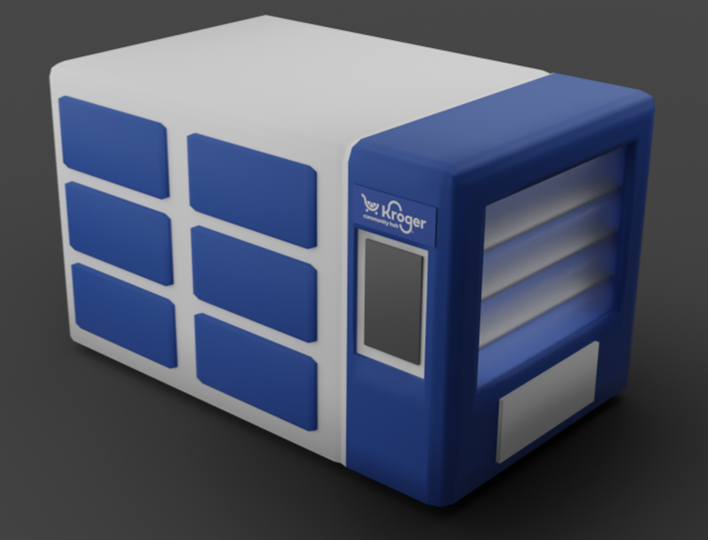

Design Sprint: Food Deserts
Collaboration with DFA
The University of Cincinnati’s chapter of Design for America (or DFA) is dedicated to creating social change in our communities and preparing students to be excellent human-centered designers. We primarily do this in the form of short Design Sprints.
Objective
Design a feasible solution that reduces or removes barriers that cause food insecurities.
Design Sprint
The design sprint is a 6 week immersion in our problem space where we identify the issue, immerse ourselves in the research, re-frame our problem, and synthesize our findings into prototypes and potential solutions.
Identify: What is a food desert?
A food desert is a geographic area with no/limited access to healthy and/or affordable food.
Food deserts in poor communities are the result of income inequality, transportation challenges, and business apprehension to invest in areas deemed risky.
Phase 1: Discovery Phase
Primary Research
Interviewed three hunger experts in Cincinnati, Ohio to understand issues causing food insecurity and how communities become food deserts. Using research gathered from articles we developed questions to ask these professionals to better understand the problem space.
Secondary Research
Collected and reviewed articles and statistics relating to food insecurity in Cincinnati and across the U.S. to gain a better understanding of what a food desert is and how it is being observed all over the U.S.
Phase 2: Brainstorming
Synthesized information as a team to determine opportunities for the greatest impact and ways to solve them.
Nutrition and Food Assistance Programs
Student Community Engagement
Public Transportation and Mobility Systems
Student Community Engagement
Public Transportation and Mobility Systems
We elected to focus on the issues of Public Transportation and Mobility Systems.
Phase 3: Prototypes & Solution
A refrigerated grocery locker system that could be deployed at local community centers or similar public areas in food deserts. Starting as a paper prototype and moving to a quick 3D render to better explain our idea.
Addresses:
Addresses:
• Lack of reliable transportation and no local grocery store
• Lost hope and trust within communities after the grocery chain left Inconsistent access to healthy food
• Hidden costs to travel to and from grocery store outside the community



